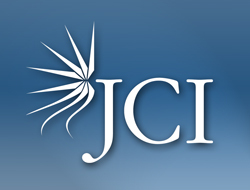
“Cannabinoids are known to have an anti-tumorous effect, but the underlying mechanisms are only sparsely understood. Mechanical characteristics of tumor cells represent a promising marker to distinguish between tumor cells and the healthy tissue.
We tested the hypothesis whether cannabinoids influence the tumor cell specific mechanical and migratory properties and if these factors are a prognostic marker for the invasiveness of tumor cells.
Here we could show that a “generalized stiffness” is a profound marker for the invasiveness of a tumor cell population in our model and thus might be of high clinical relevance for drug testing.
Additionally cannabinoids were shown to be of potential use for therapeutic approaches of glioblastoma.”
http://www.ncbi.nlm.nih.gov/pubmed/27149140
“Glioblastomas (GBM) are tumors that arise from astrocytes—the star-shaped cells that make up the “glue-like,” or supportive tissue of the brain. These tumors are usually highly malignant (cancerous) because the cells reproduce quickly and they are supported by a large network of blood vessels. Glioblastomas are generally found in the cerebral hemispheres of the brain, but can be found anywhere in the brain or spinal cord.” http://www.abta.org/brain-tumor-information/types-of-tumors/glioblastoma.html?referrer=https://www.google.com/





